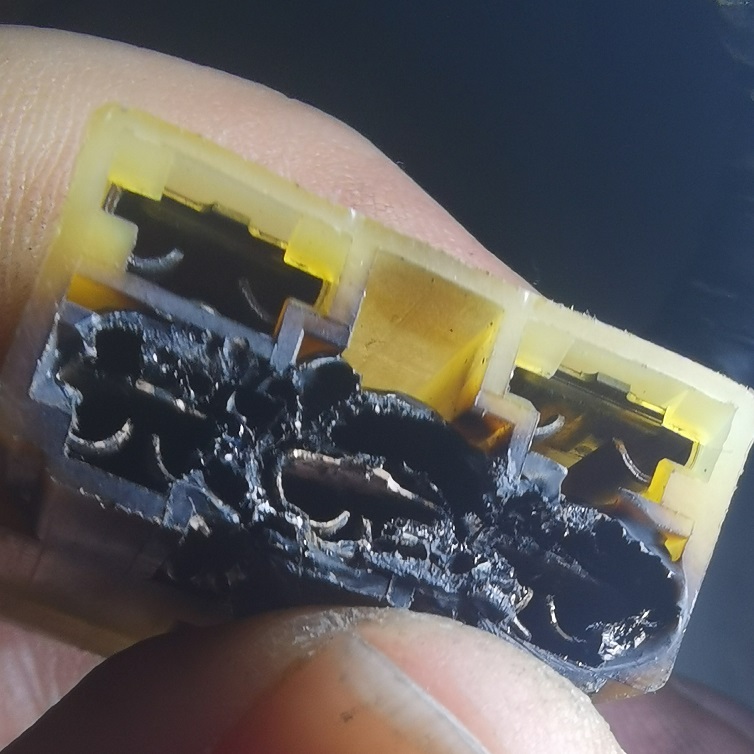
Is soldering better than plugging?
"Why do the regulator rectifiers manufactured by you not have a connector by default?" -is a question you often ask
The connector can be convenient if you often unplug the voltage regulator of the motorcycle. But why would you do that?
One of the weak points of the charging system is the connector. For this reason, we always recommend to solder the regulator rectifier wire without using connectors and insulate (insulating tape / shrink tube) the wires individually. Of course, it doesn't look as nice as a connector and, as already mentioned, removing the regulator rectifier will be a bit more complicated, but… :
- Due to the high current, the connection will always heat up (and thus the plastic connector housing as well). In the heat of the summer, a connector placed under the body of the motorcycle may easily melt. Due to the mechanical connection, there will be a continuous voltage drop (i.e. additional heat will be generated) This will insidiously and slowly make your charge worse and worse.
- Extreme heating can soften and oxidize the metal terminal, thus further increasing the voltage drop.
If you notice undercharging on your motorcycle (under 13,8V - 14V ). it easily can happen, that there is nothing wrong with the voltage regulator, just your connector is messed up. In this case, the first thing to do is to check the connectors and the area around the main fuse (this is usually located near the starter relay) to see a sign of any oxidization or the compression springs worn out.
Criticisms agains soldering
In connection with this, we used to receive as a counter-opinion that the soldering is "brittle" and cannot withstand shaking.
This is true, soldering is avoided in vehicle electronics, because it breaks easily when subjected to vibrations. However, if the solder is in a place where there is no vibration, it will not break.
Obviously, if the frame has an eyelet cable end, it is really better to press it there, because the frame transmits vibration.



